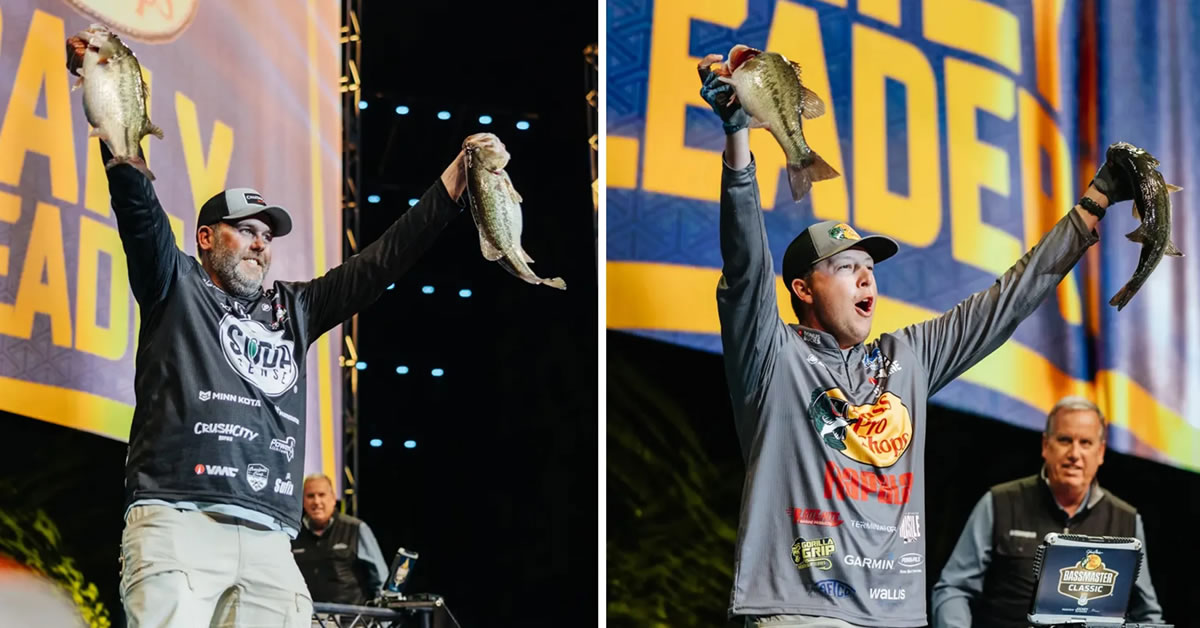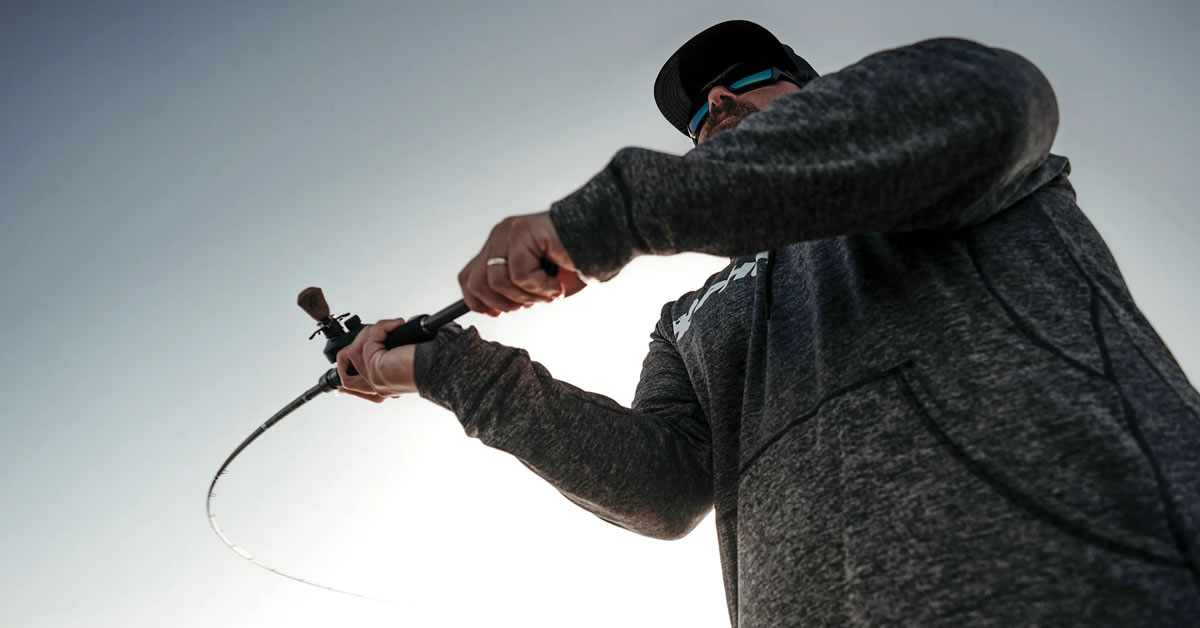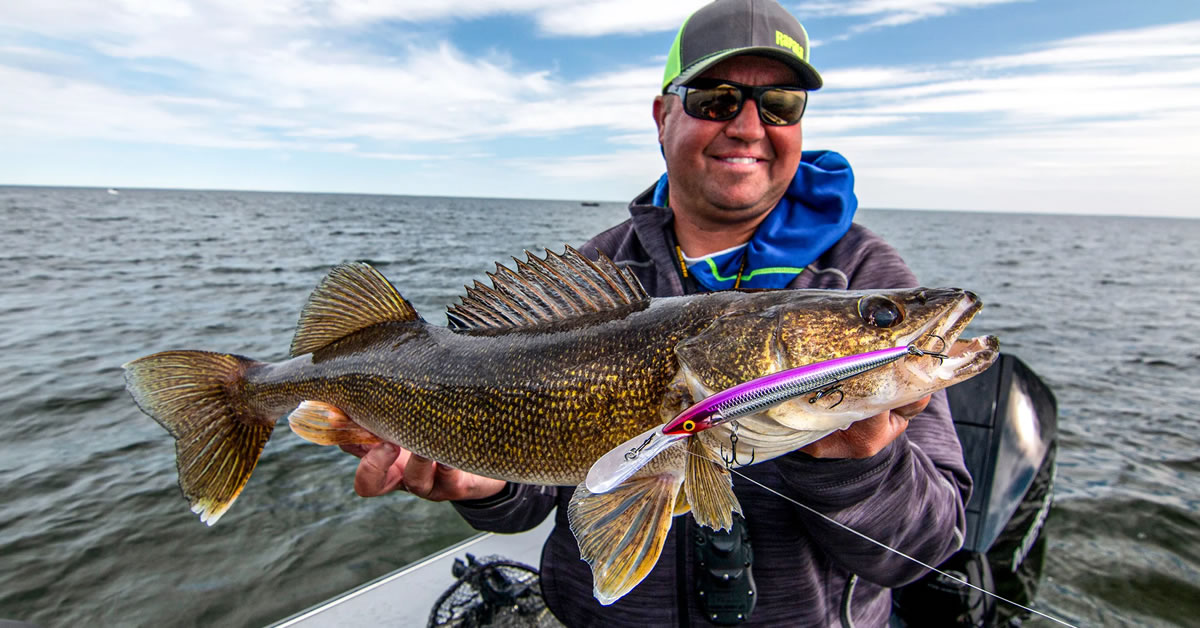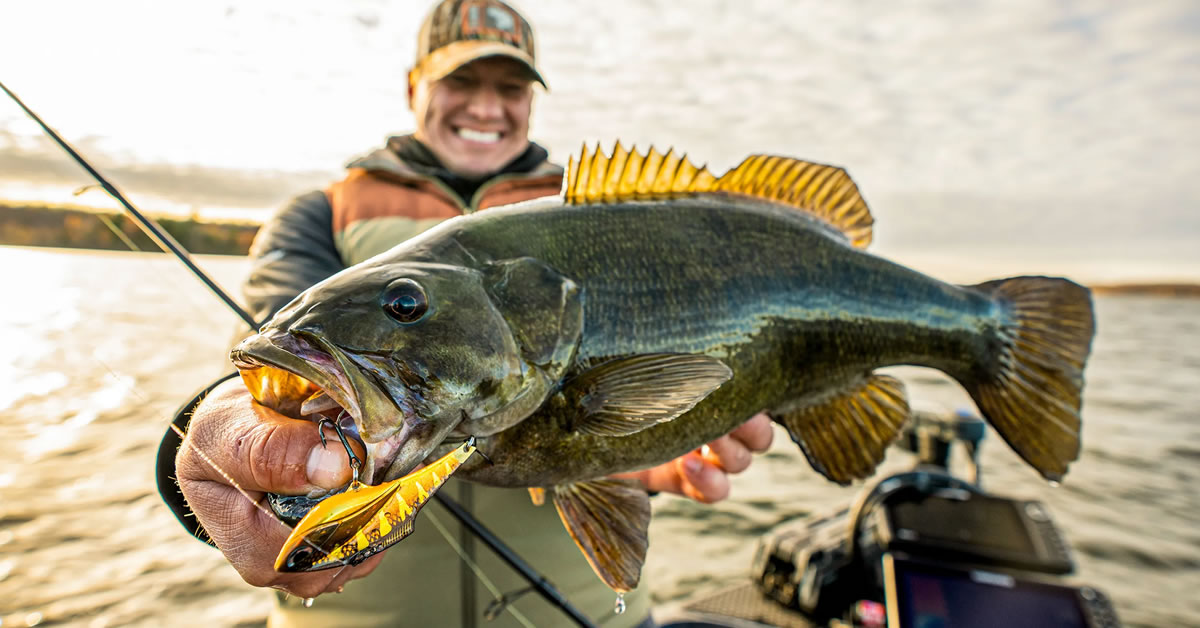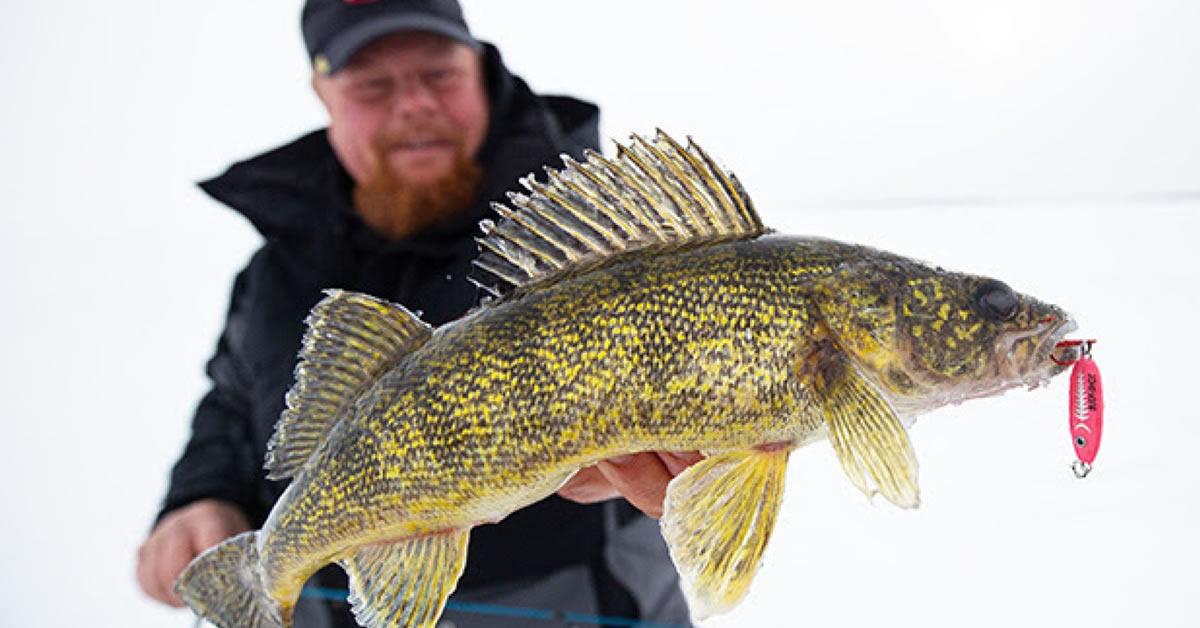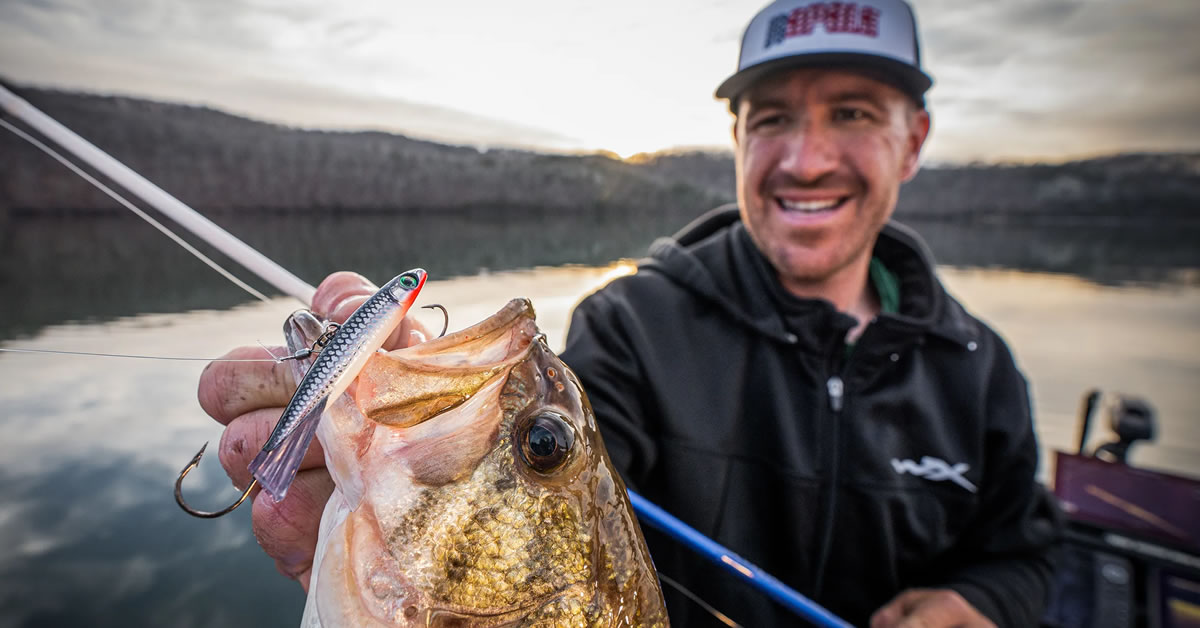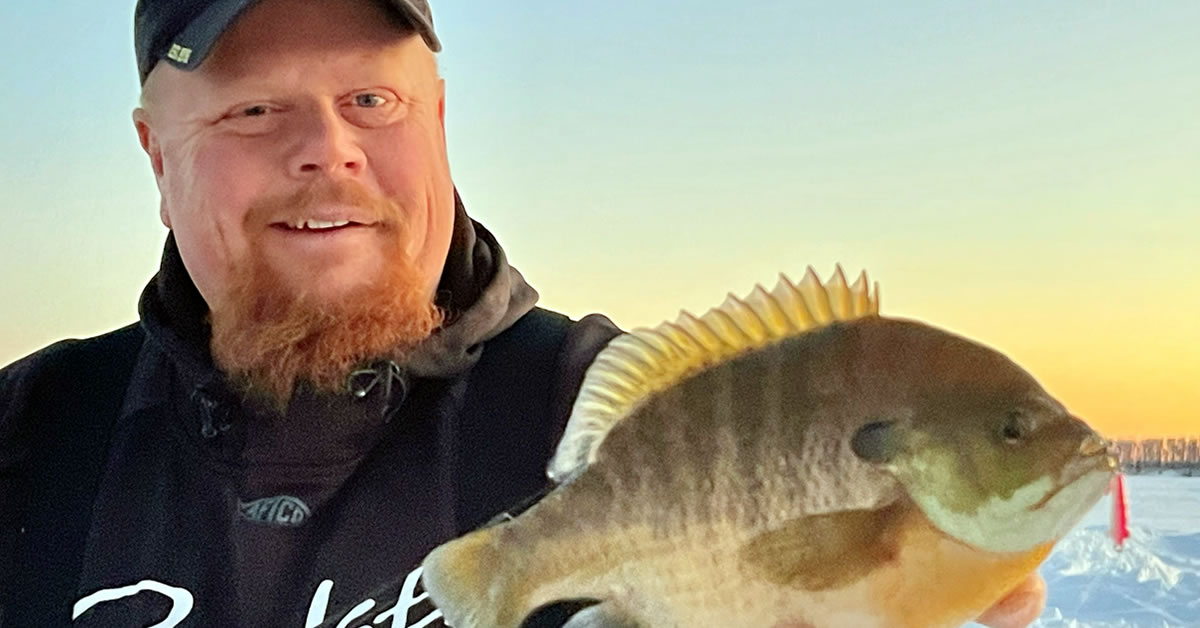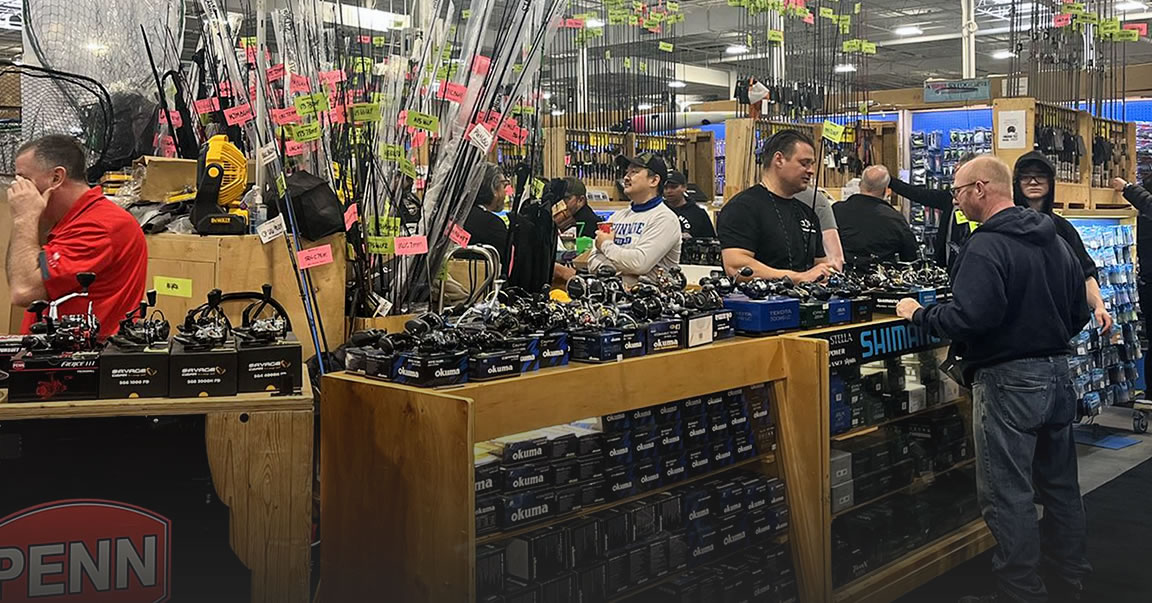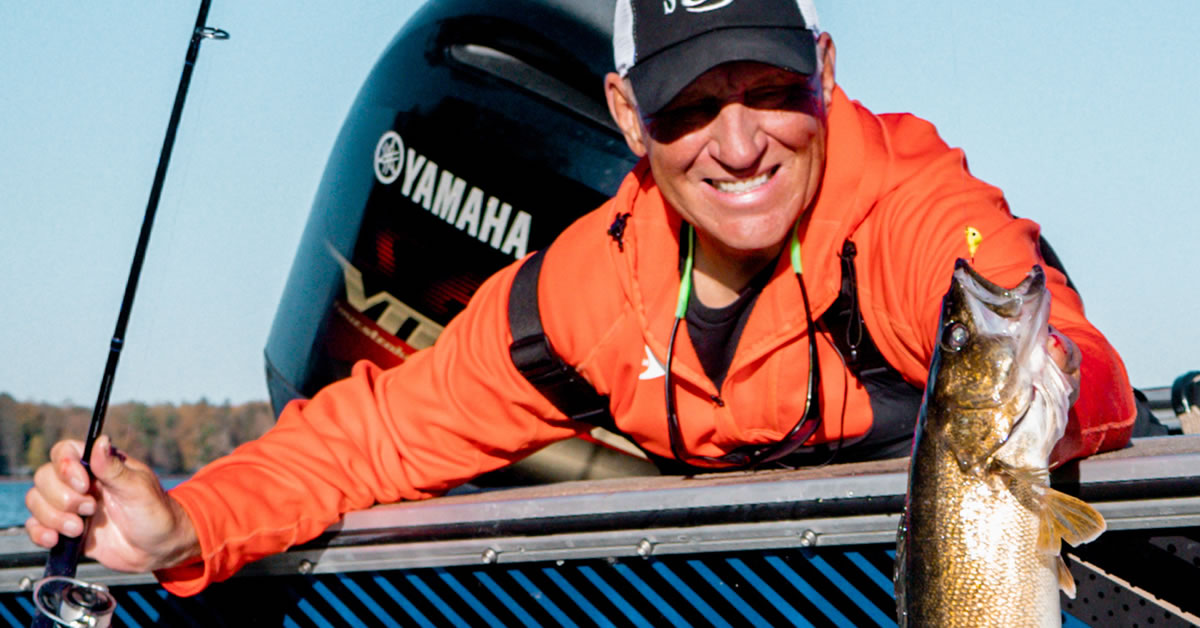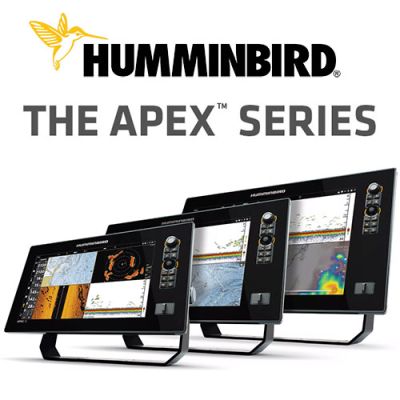Make 'Er A Laker!
Chasing Early Season Lake Trout
by Craig RitchieI'm the first to admit that I'm not exactly what anyone would call a hard core ice angler. I'm a casting guy, I like horizontal presentations, and the reality is I don't enjoy fishing vertically even when I'm still out in the boat. But even I have to admit that the allure of chasing early season lake trout is pretty tough to ignore.
Part of the attraction is the simplicity of it all. Catching lake trout in open water most often means trolling deep with downriggers, lead core, or with so many heavy sinkers on your line that it tends to suck all the fun out of it. But with the arrival of safe ice, lake trout have generally abandoned their deep water haunts to explore the lake shallows, hunting for food on places where bottom structure attracts a range of different sized prey.
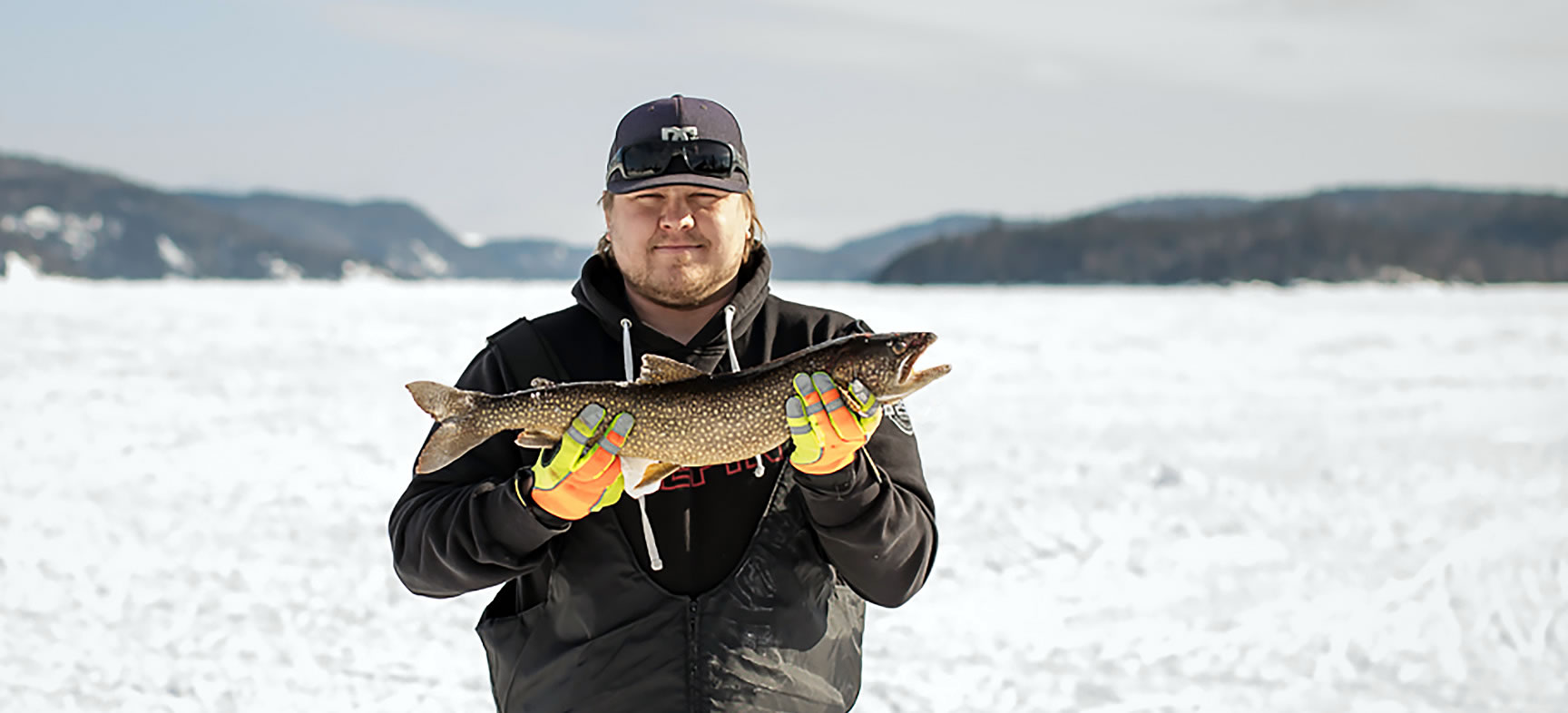
Boulder fields that trail off sharply as rock walls or ledges represent the best structure of all, so any spots you can find like that deserve your full attention.
By comparison, flat expanses of shield rock have nothing to attract either bait fish or lake trout, so don't waste your time fishing the stuff.
Once you've found a couple of likely spots, you have two choices in how you fish them.
Lake trout tend to move around a lot. So, you can either pick your best spot and camp out all day, waiting for the fish to come to you. They probably will amble by at some point, but you could have to put in a fair amount of time before that happens. And, on any given day, it simply may not happen at all.
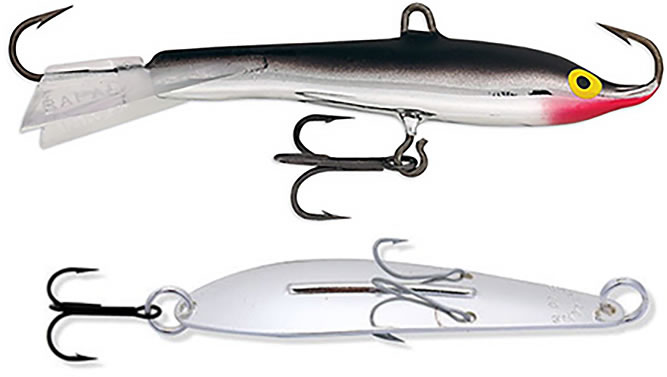
In either case, the fishing part is pure simplicity. Early winter lakers are a jigging game, so bore a couple of holes then give them each 10 minutes or so jigging with fairly active lures. My go-to forever has been the 3-1/2 inch Rapala Jigging Rap, normally in a natural finish like perch, bluegill or silver with a black back. Lakers everywhere find its tantalize, circling swimming action irresistible, while the innovative hook arrangement means you don't miss any fish that take a swipe at it.
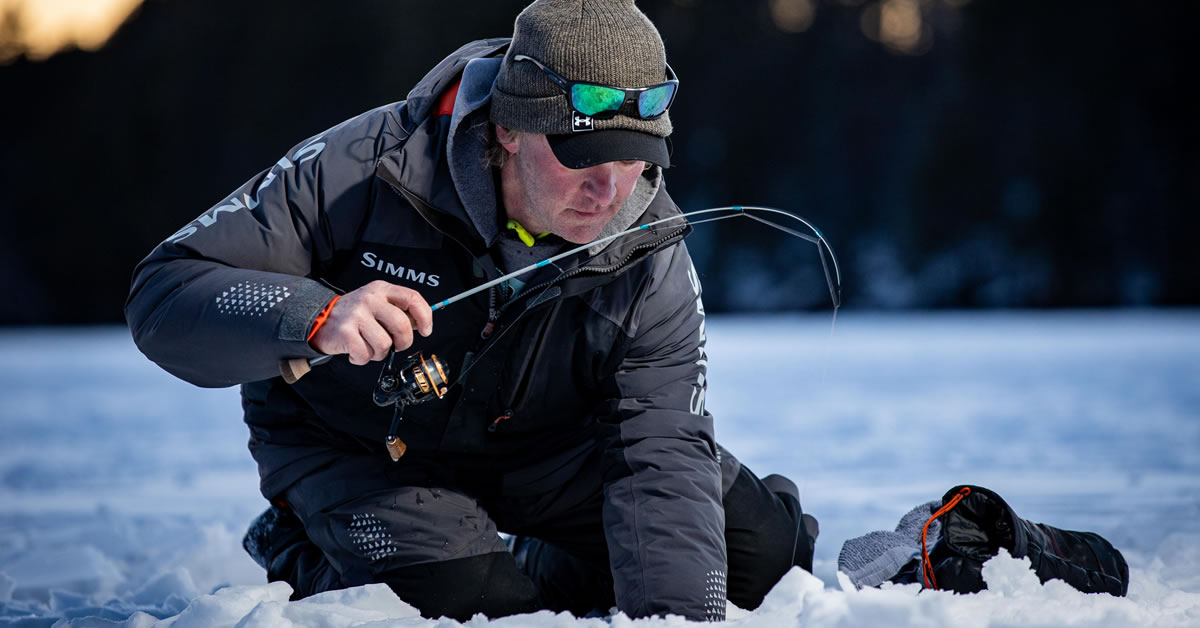
Most of the lake trout we see in Midwest lakes run from three to six pounds. But since they can grow a whole lot larger than that, you're going to want an ice rod with a bit of power to it, yet a responsive, fast tip to properly work the bait. St. Croix's 30-inch SCT30MF medium Tundra ice rod is a perfect all-round laker rod that will easily handle fish up to 15 or 20 pounds. With a light spinning reel like an Okuma ITX-2500H spooled up with either ice braid or plain old mono, you're all set.
Early season lake trout are a lot of fun to catch, and they're even better in a frying pan. So once that first safe ice forms, grab your gear and make 'er a laker!



